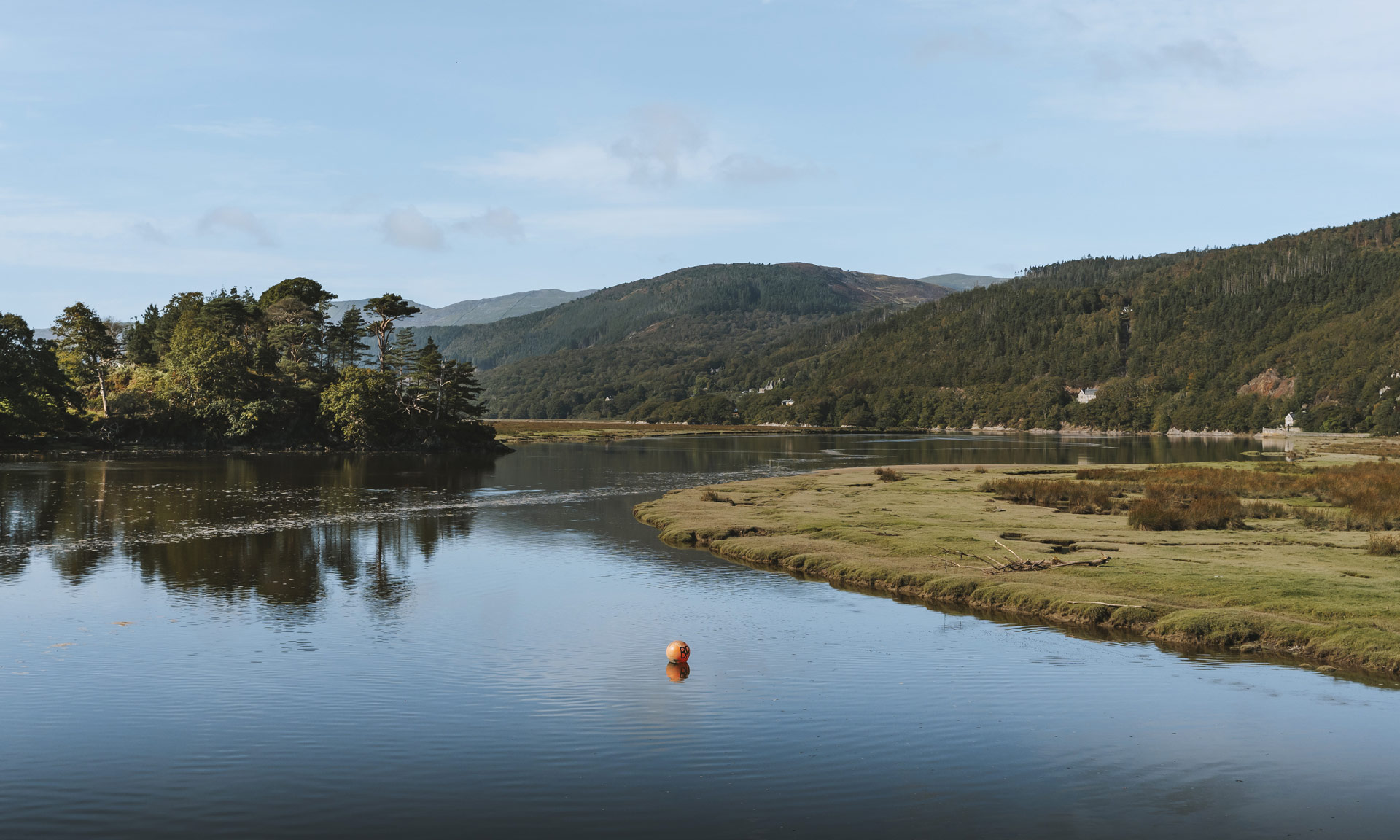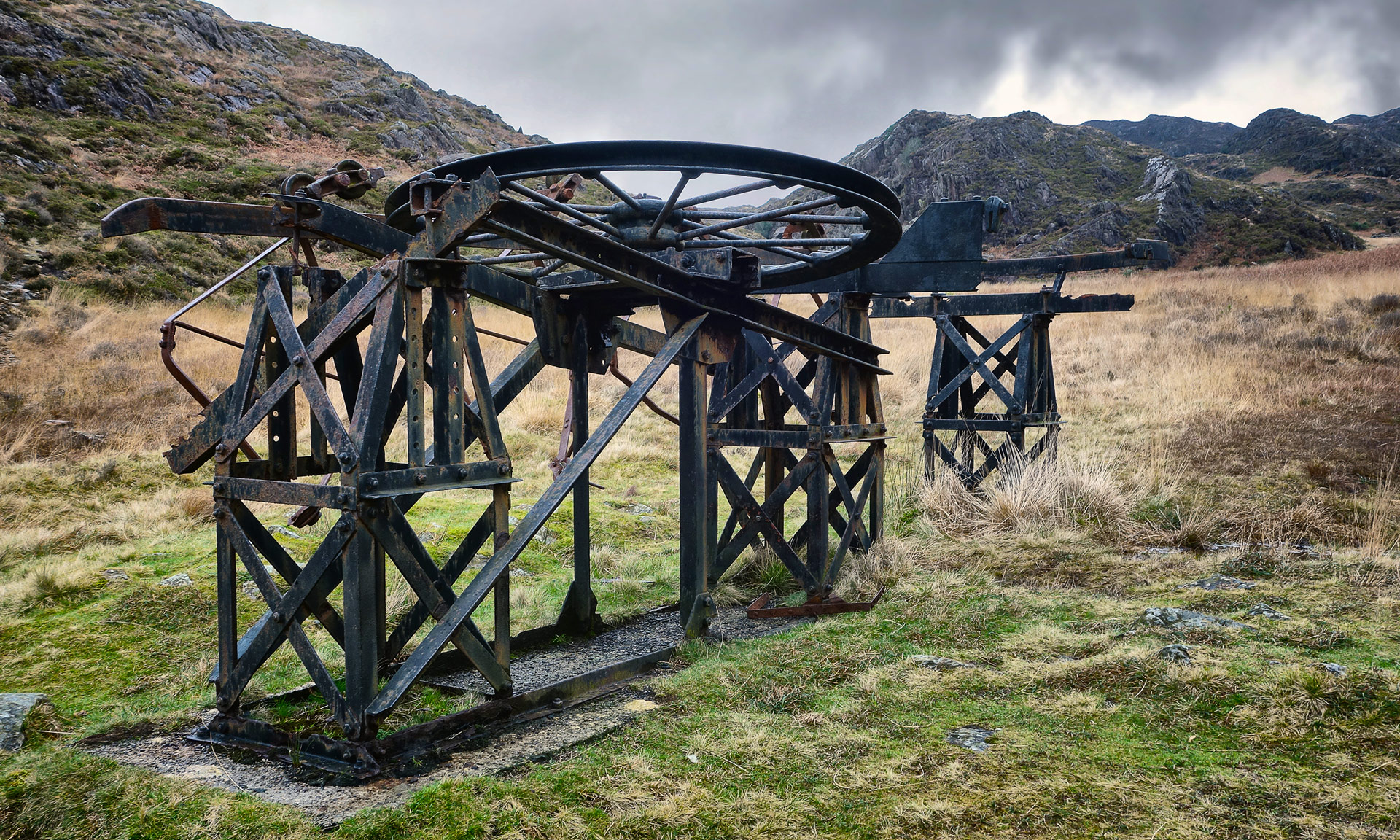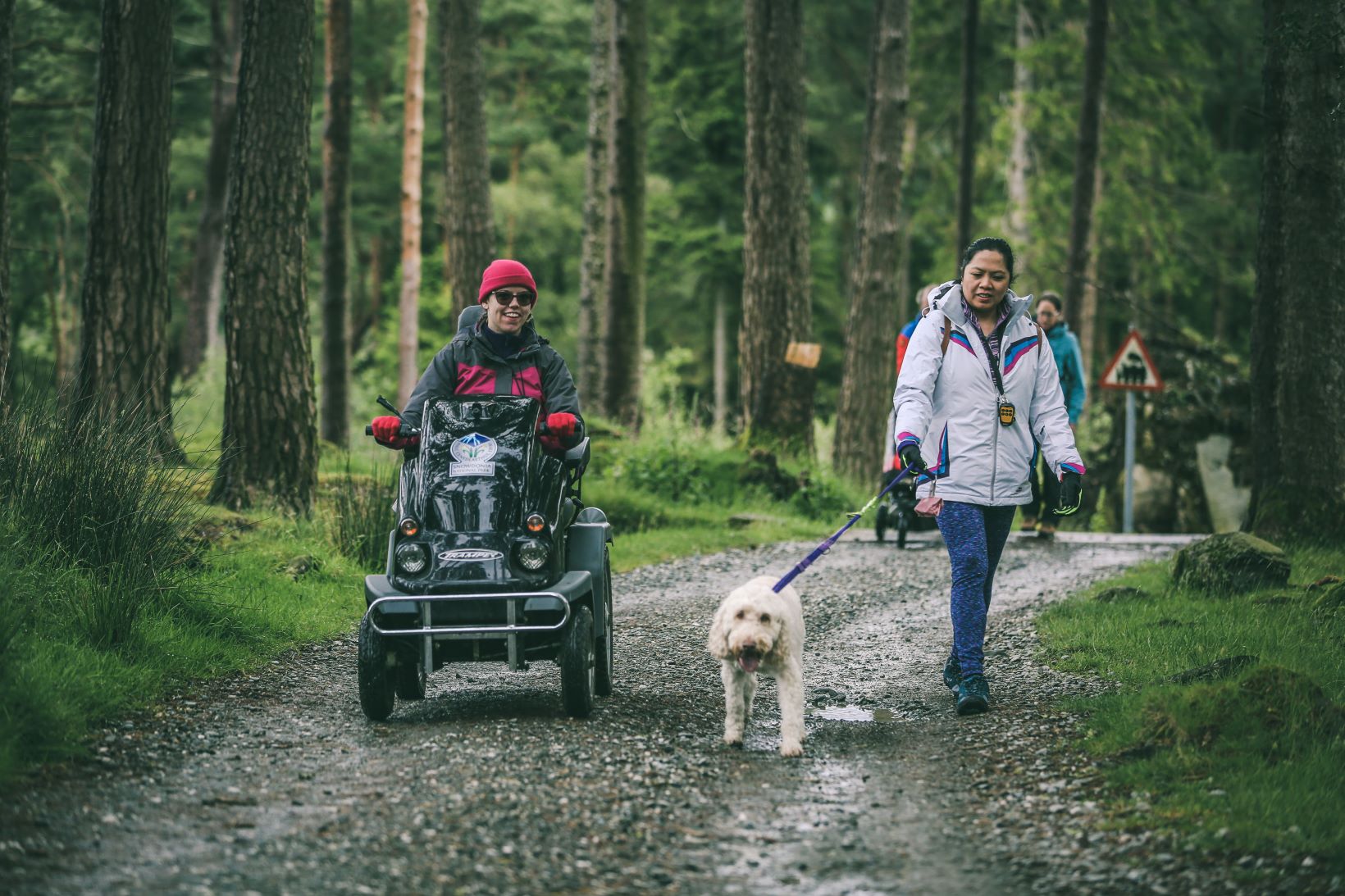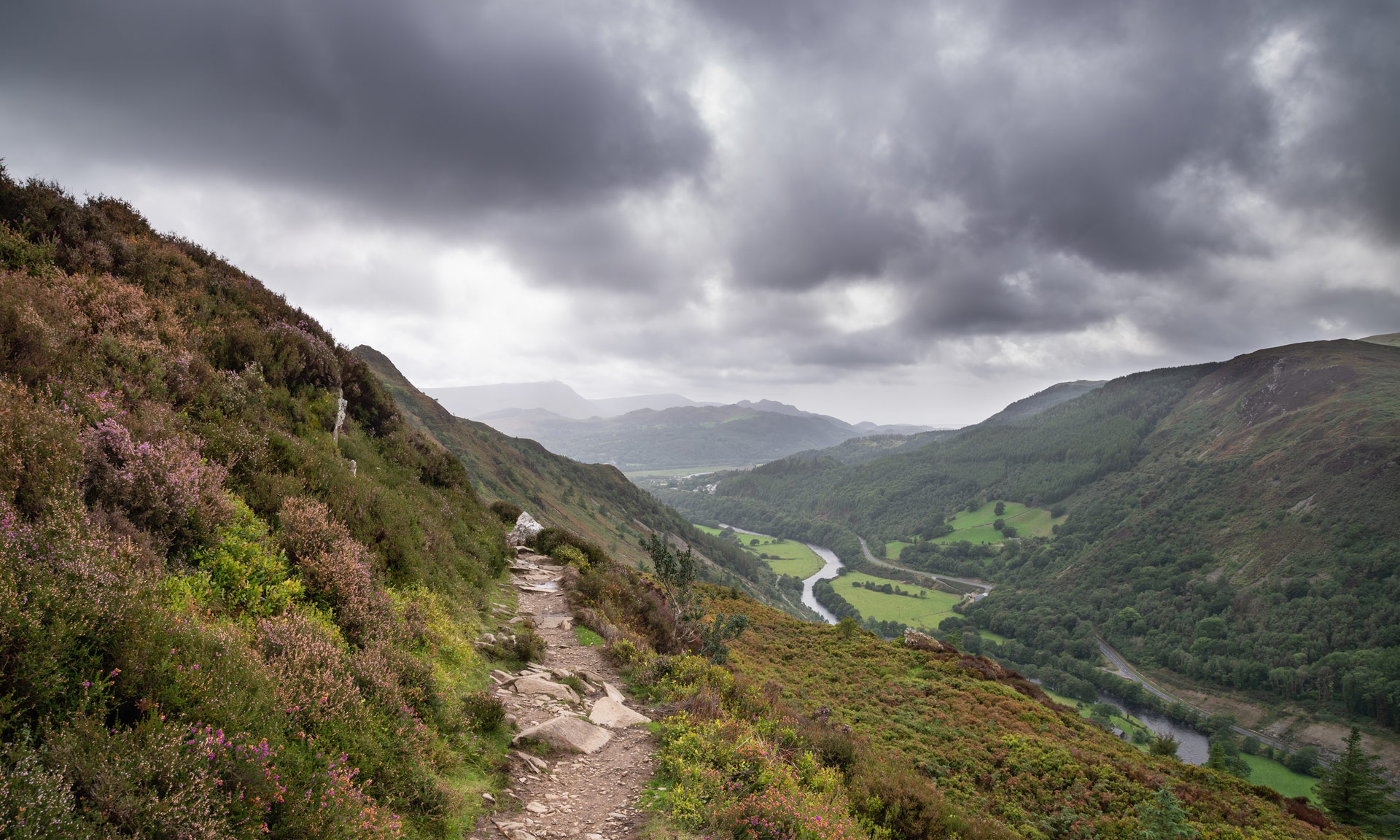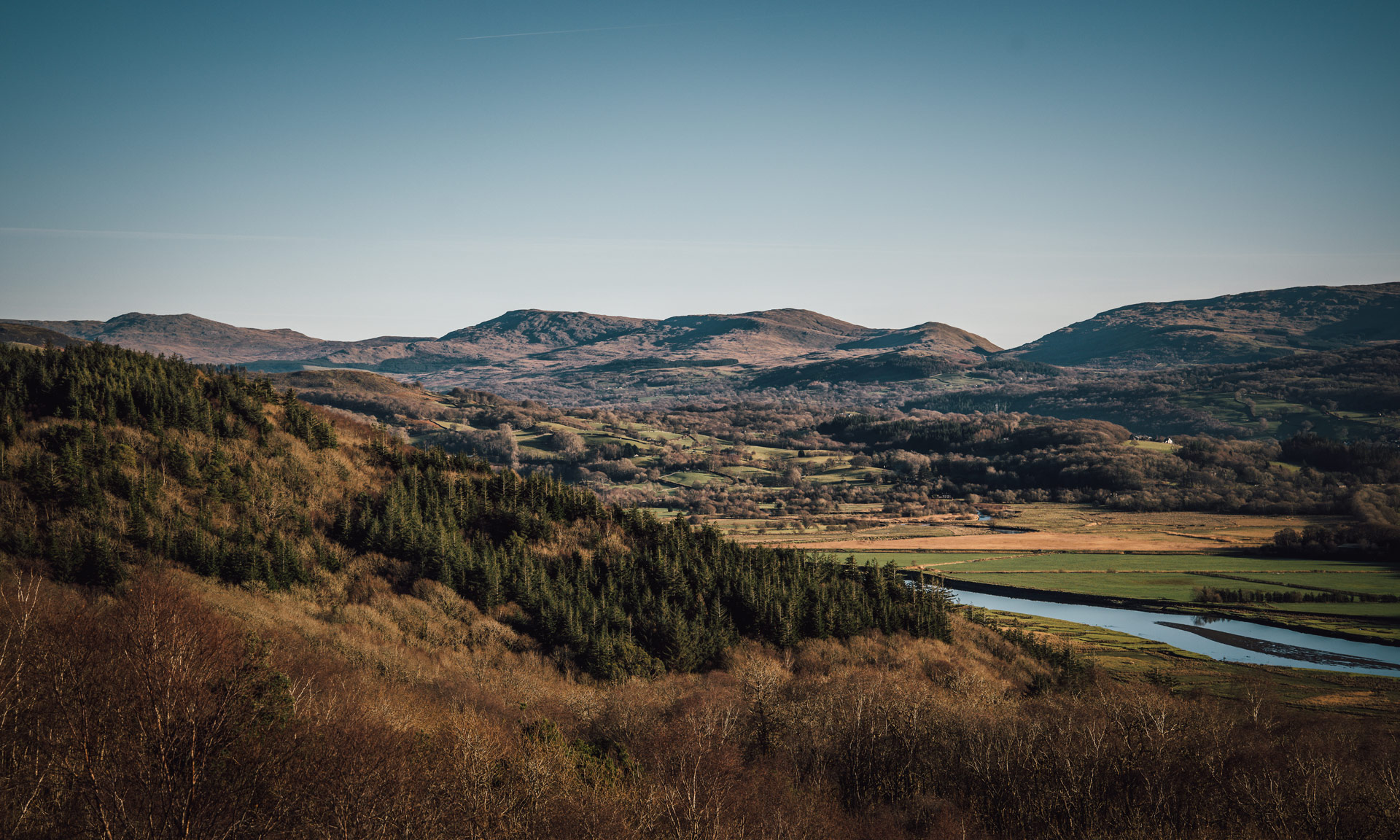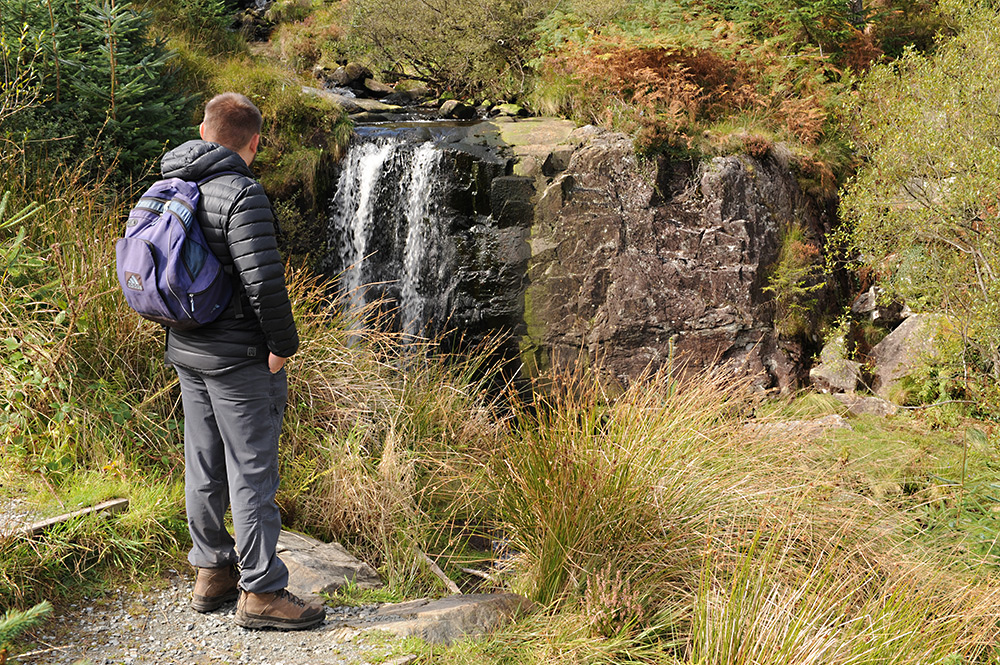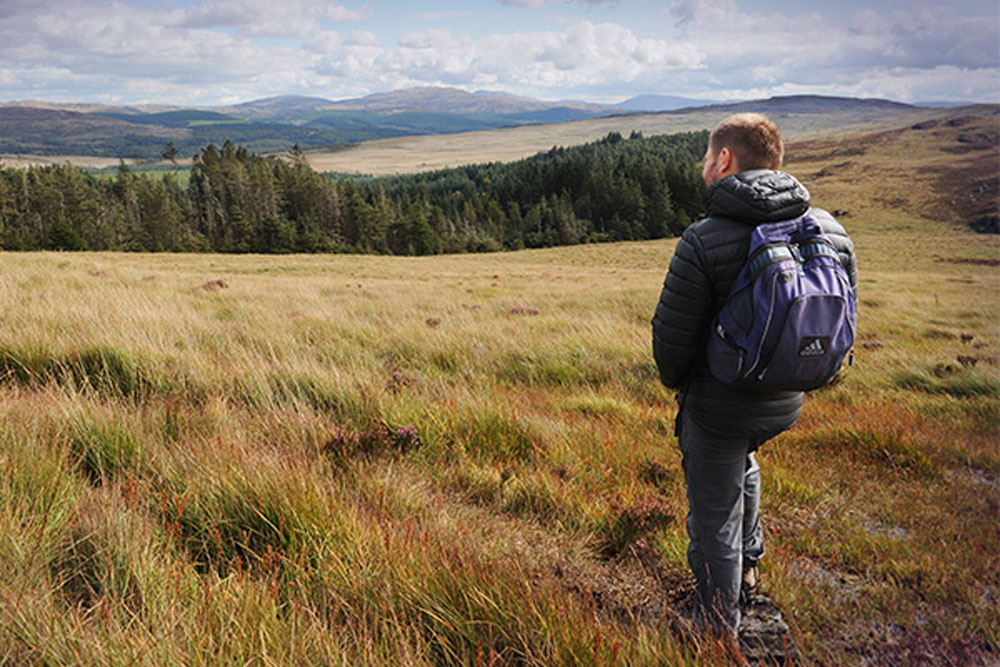A lengthy route through other-worldly gorges and vast expanses steeped in industrial history
This circular walk starts in the picturesque village of Beddgelert and follows the Glaslyn river, climbing up through Cwm Bychan before descending to Llyn Dinas.
Why this path?
This route is challenging due to its length, steep hills and at times, difficult terrain. Shorter, moderate walks might suit some walkers.
The route will take you through some of the National Park’s most picturesque areas, including the other-worldly Aberglaslyn pass and the vast expanses of Cwm Bychan.
© Crown copyright and database rights OS AC0000825604. Use of this data is subject to terms and conditions.
Eryri National Park Authority has categorised this route as a hard/strenuous route. It is only suitable for experienced country walkers with a good level of fitness. Navigation skills are essential. The terrain will include steep hills and rough country. It may also include some sections of scrambling. Full hill walking gear is essential. Specialist equipment may be required under winter conditions.
Start/Finish
Eryri National Park Car Park, Beddgelert
Relevant OS Map
OS Explorer OL17 (Snowdon & the Conwy Valley)
Always park in designated parking areas and never in places where you block entrances to fields or residential areas.
Eryri National Park Car Park, Beddgelert
Owned by Eryri National Park Authority
View on What 3 Words
View on Google Maps
Stay safe and help protect the countryside by reading the information about safety and following the Countryside Code.
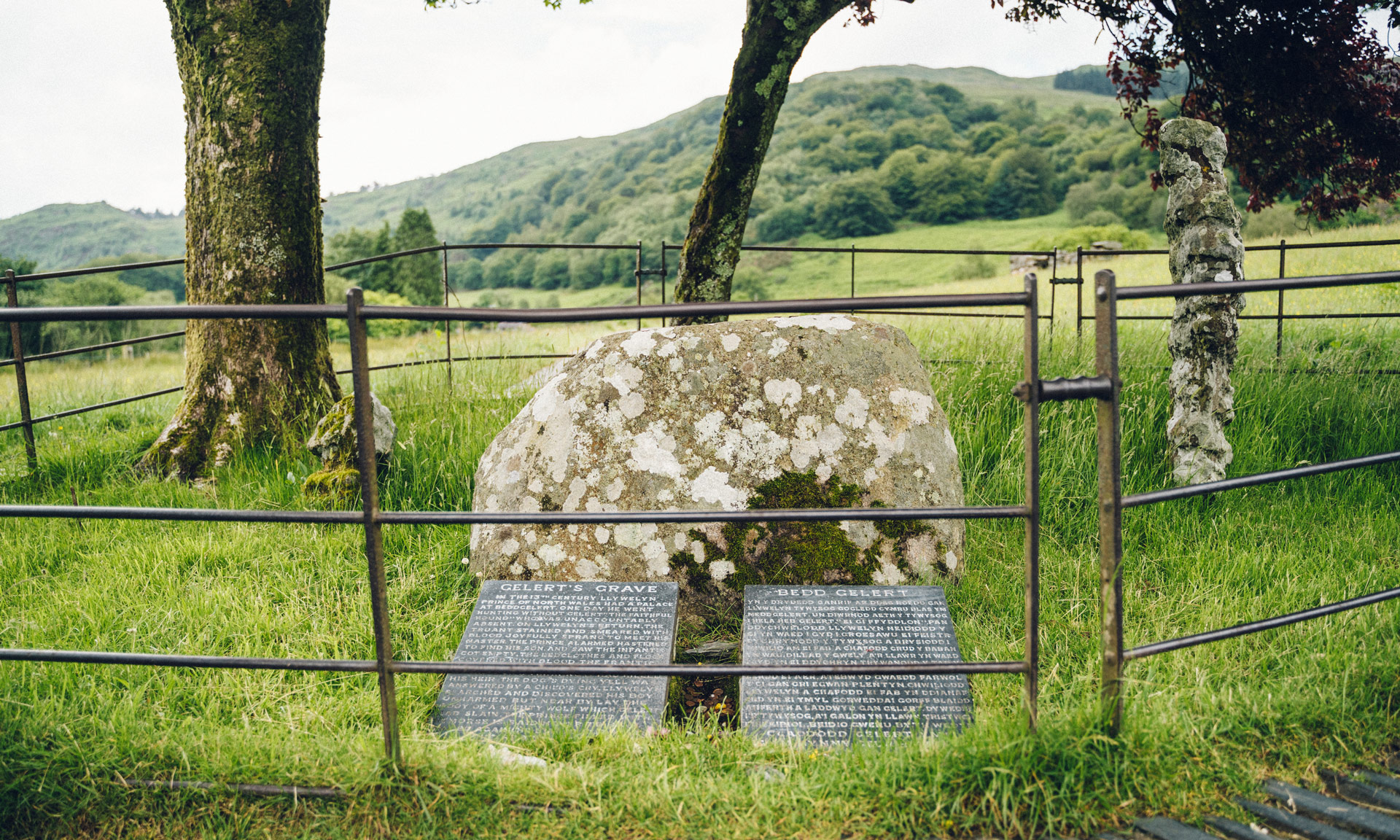

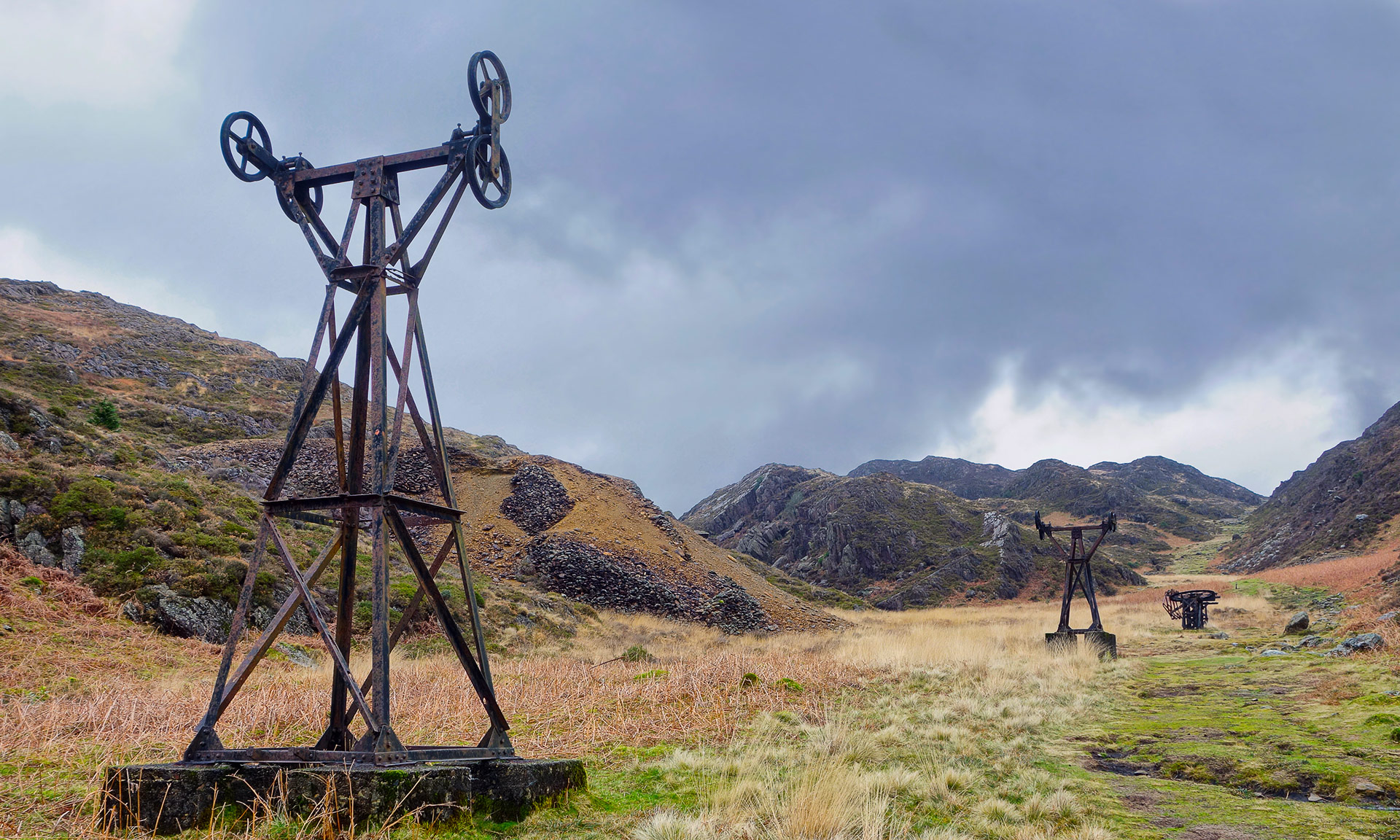
Gelert’s Grave
Beddgelert is one of the National Park’s most popular and picturesque villages. Its name translates to ‘Gelert’s Grave’ and was inspired by the tale of Gelert, Llywelyn Fawr’s faithful hound. Llywelyn is one of Wales’ most famous princes.
Legend has it that Llywelyn set out on a hunting trip one day, leaving his son sleeping peacefully in his cradle and Gelert, his faithful hound, to watch over him.
While Llywelyn was out, a wolf prowled to the baby’s cradle. Gelert leapt towards the wolf, and a fierce and bloody battle ensued between the animals. However, Gelert eventually overturned the wolf, keeping Llywelyn’s son safe.
Llywelyn soon returned and was shocked at the sight before him. He saw his son’s cradle overturned and blood-stained while Gelert laid beside, injured from the battle. Llywelyn drew his sword and killed his faithful hound without hesitation.
After a moment’s silence, Llywelyn suddenly heard the sound of faint crying coming from his son’s cradle. He rushed over and saw his child alive and well, with the dead wolf lying by his side.
Llywelyn’s heart broke as he realised what he had done.
Welsh Highland Railway
The Welsh Highland Railway, which runs 25 miles between Caernarfon and Porthmadog, follows the first section of the Fisherman’s path. The railway was first opened in 1922. However, the decline of the slate industry and the rise in motorbuses meant that demand for the railway decreased. It closed in 1936.
By now, the railway operates as a heritage railway, and the trip through the Aberglaslyn pass is one of the most popular parts of its 25-mile journey.
Copper mining
The path will take you through Cwm Bychan, past the remains of old copper mines. Copper ore was extracted and transported down the valley using a cable car system. The ore would then be taken to Porthmadog by horse and cart and then shipped to Swansea for processing.
On your return to Beddgelert, you will pass the Sygun Copper Mine, dating to the early 19th century. It closed in 1903 but underwent restoration work in the early 1980s. It opened to the public in 1986.
